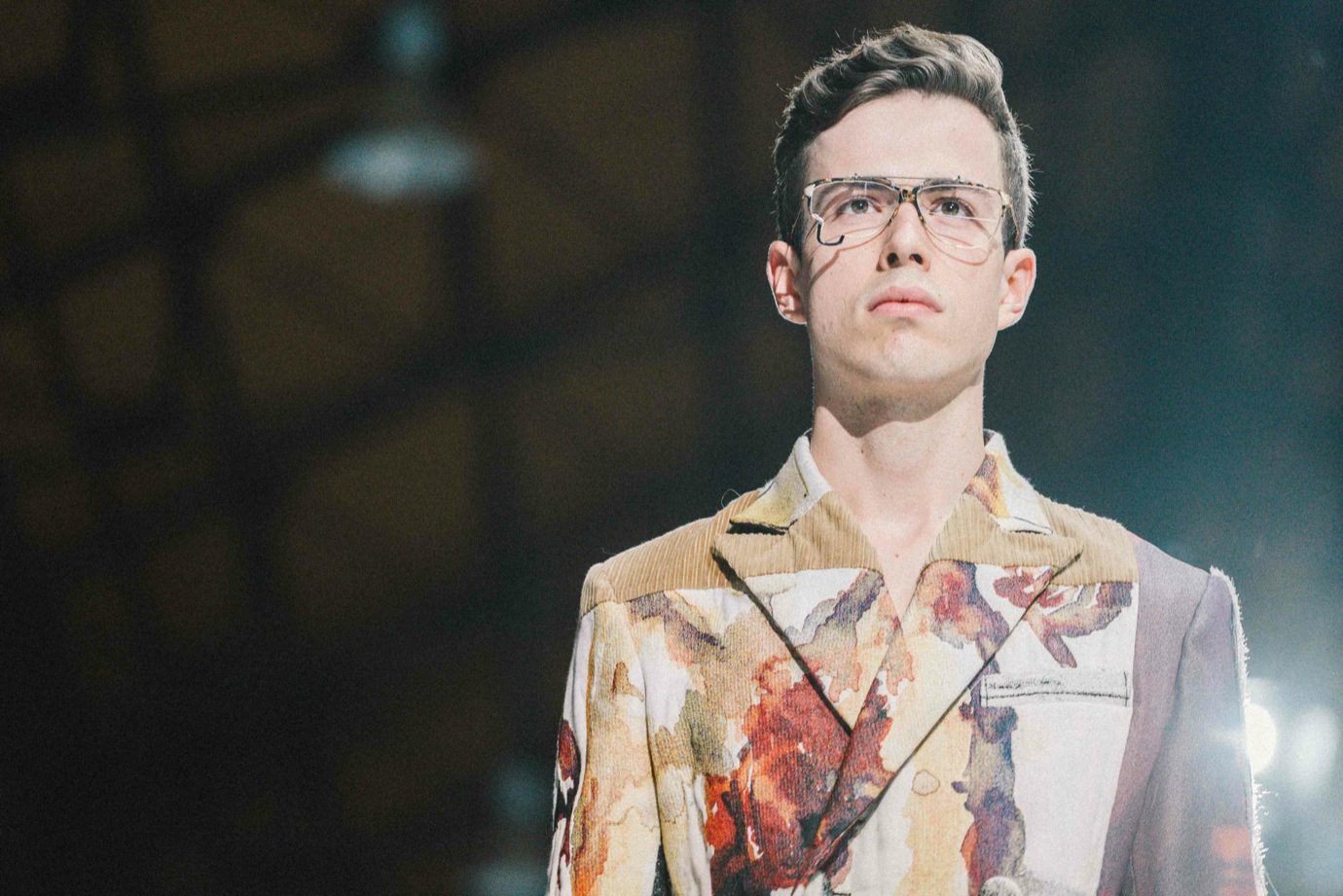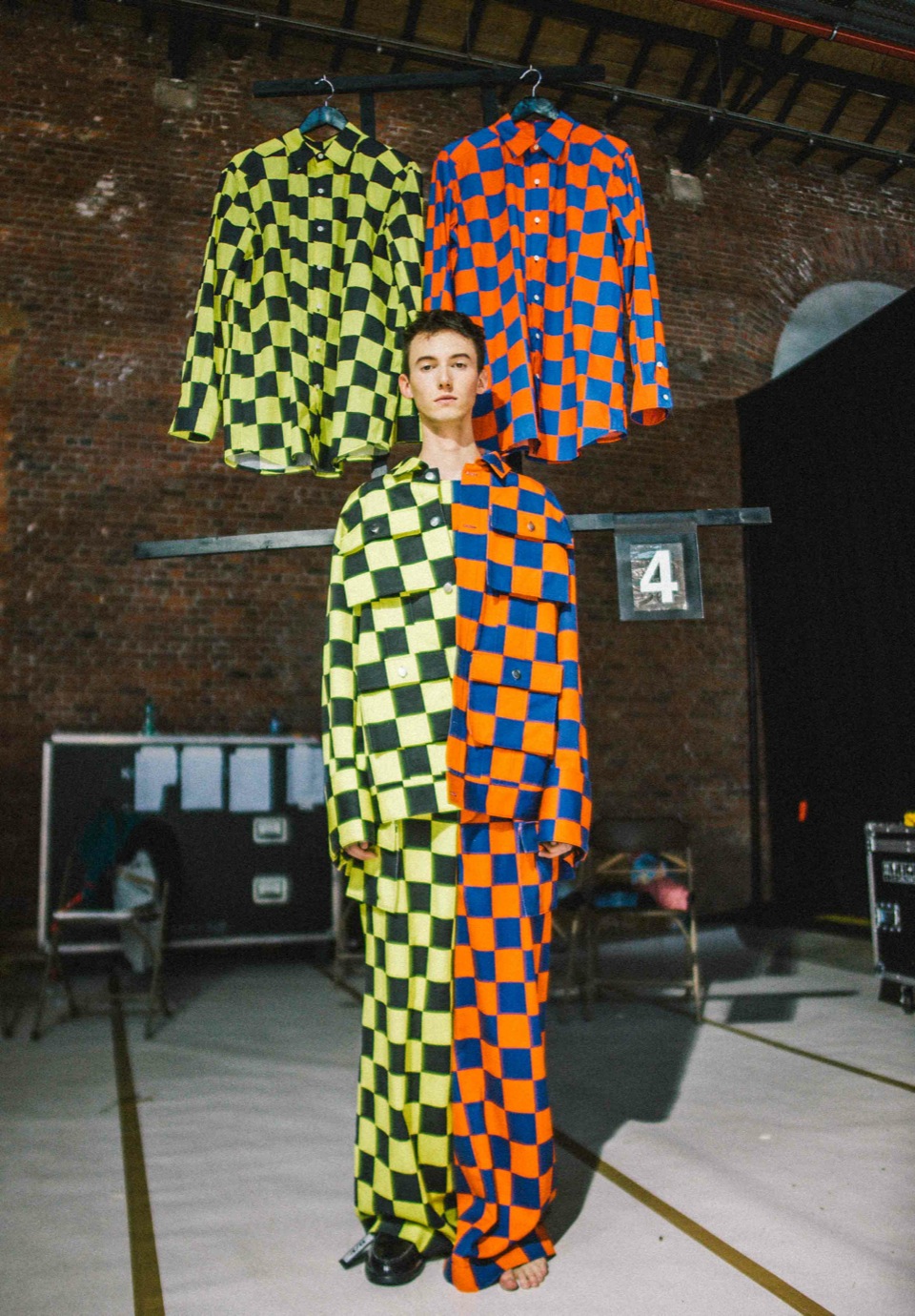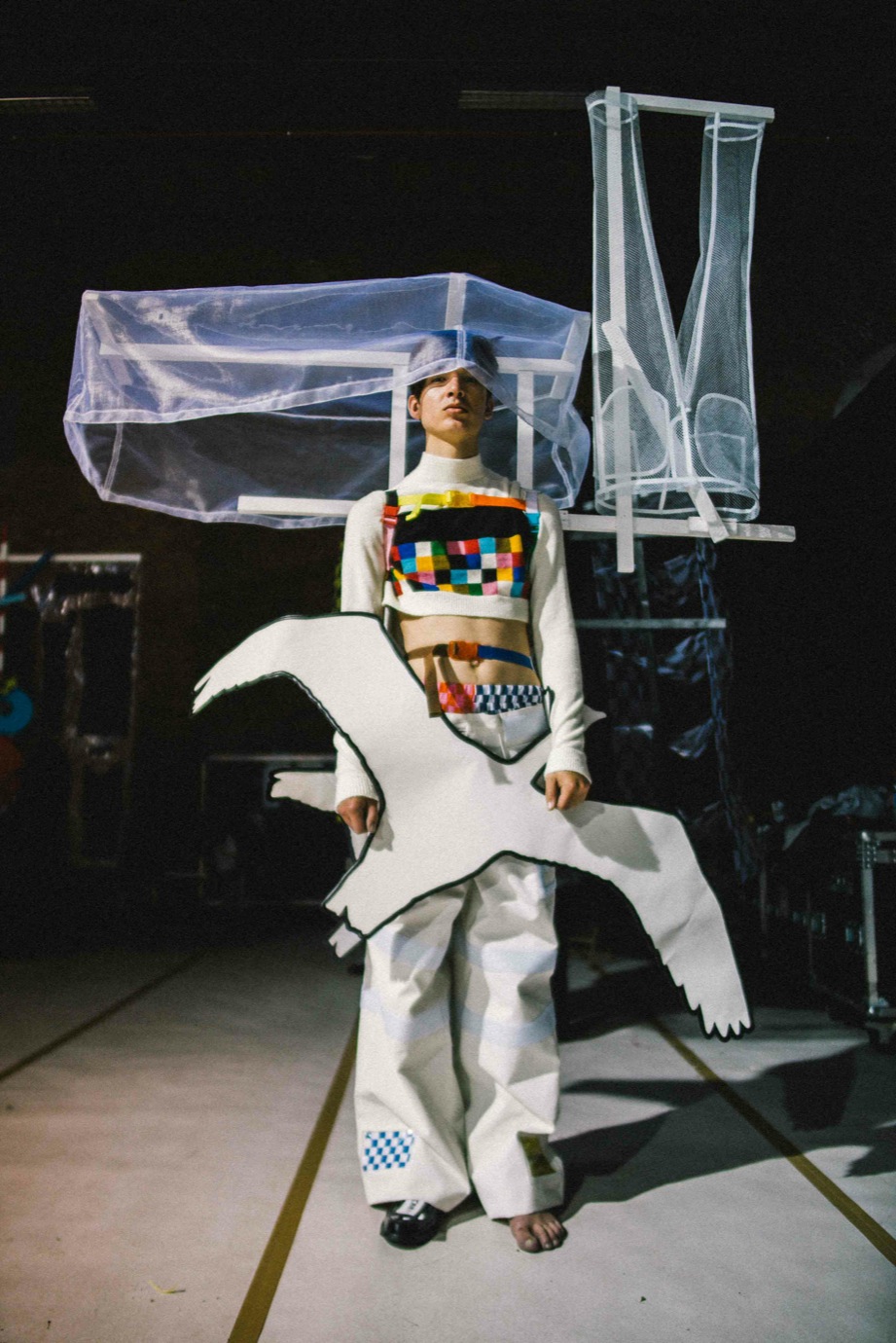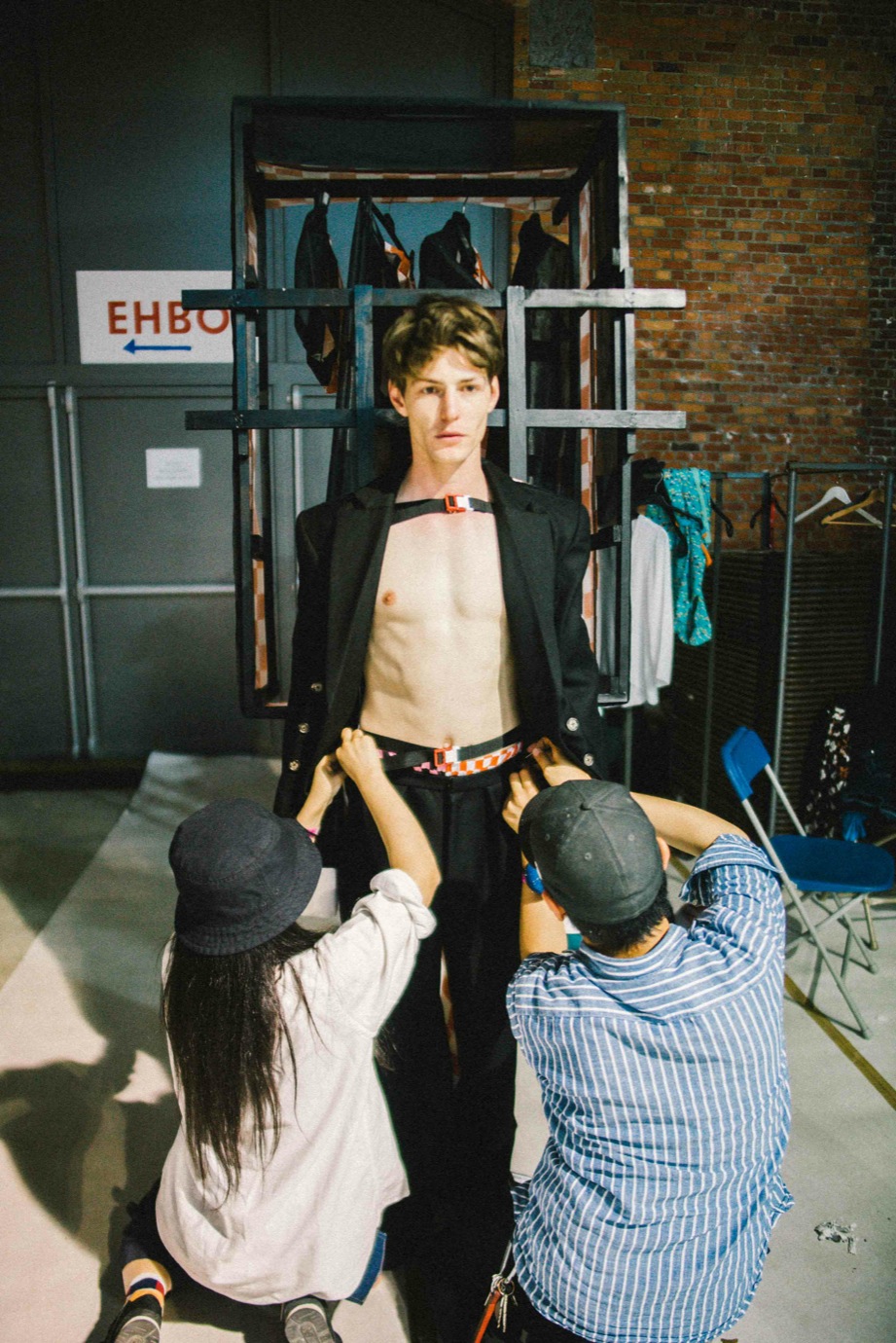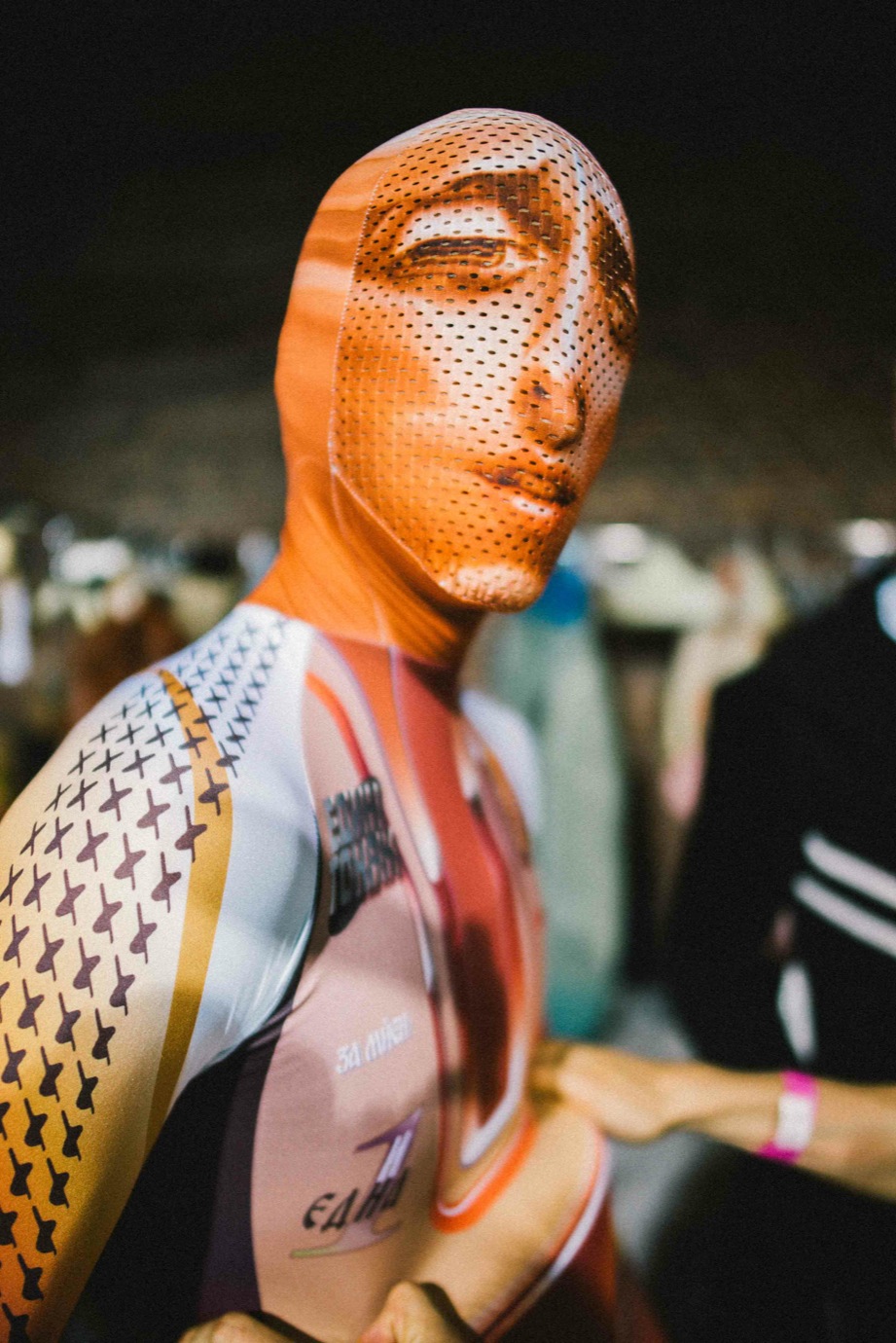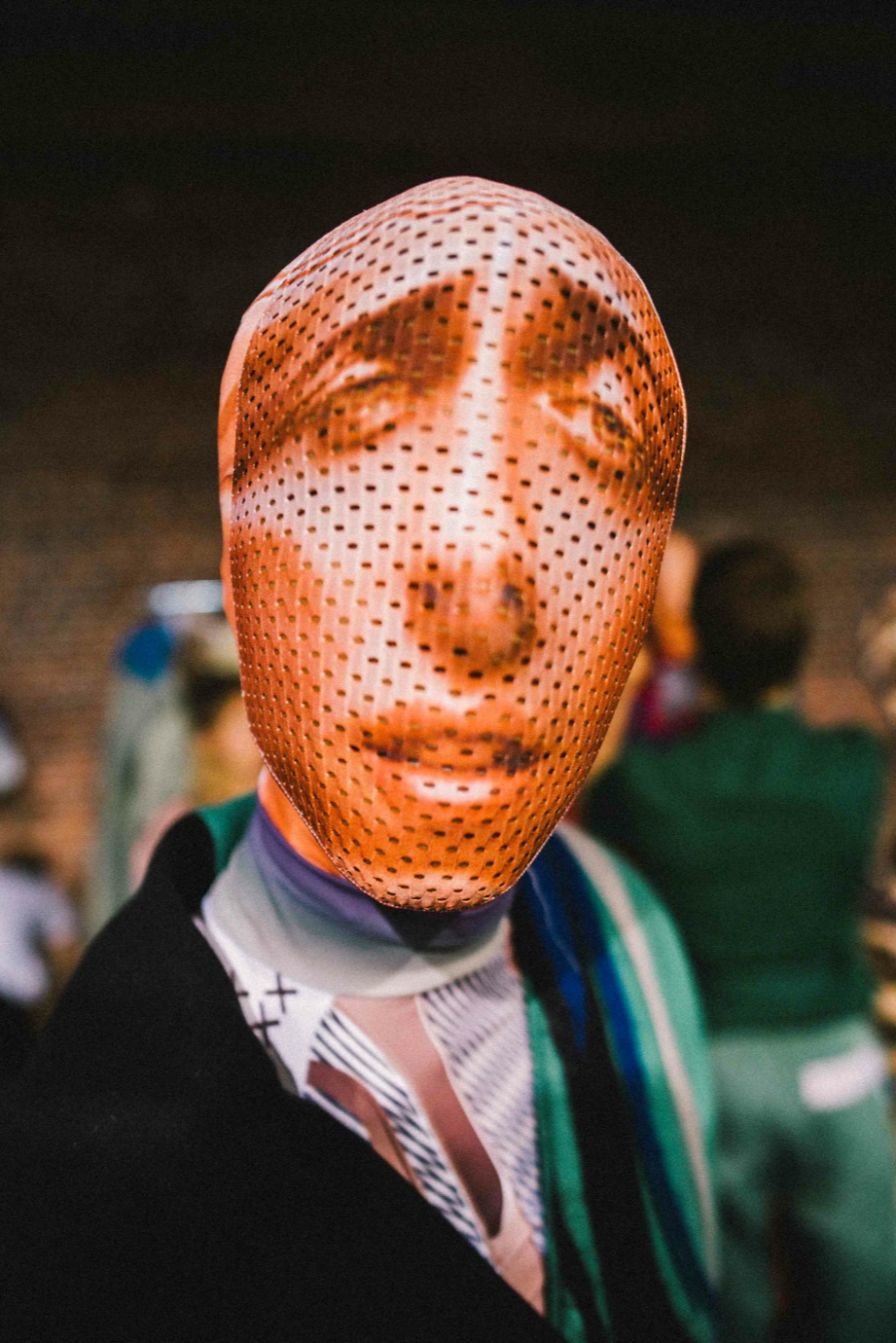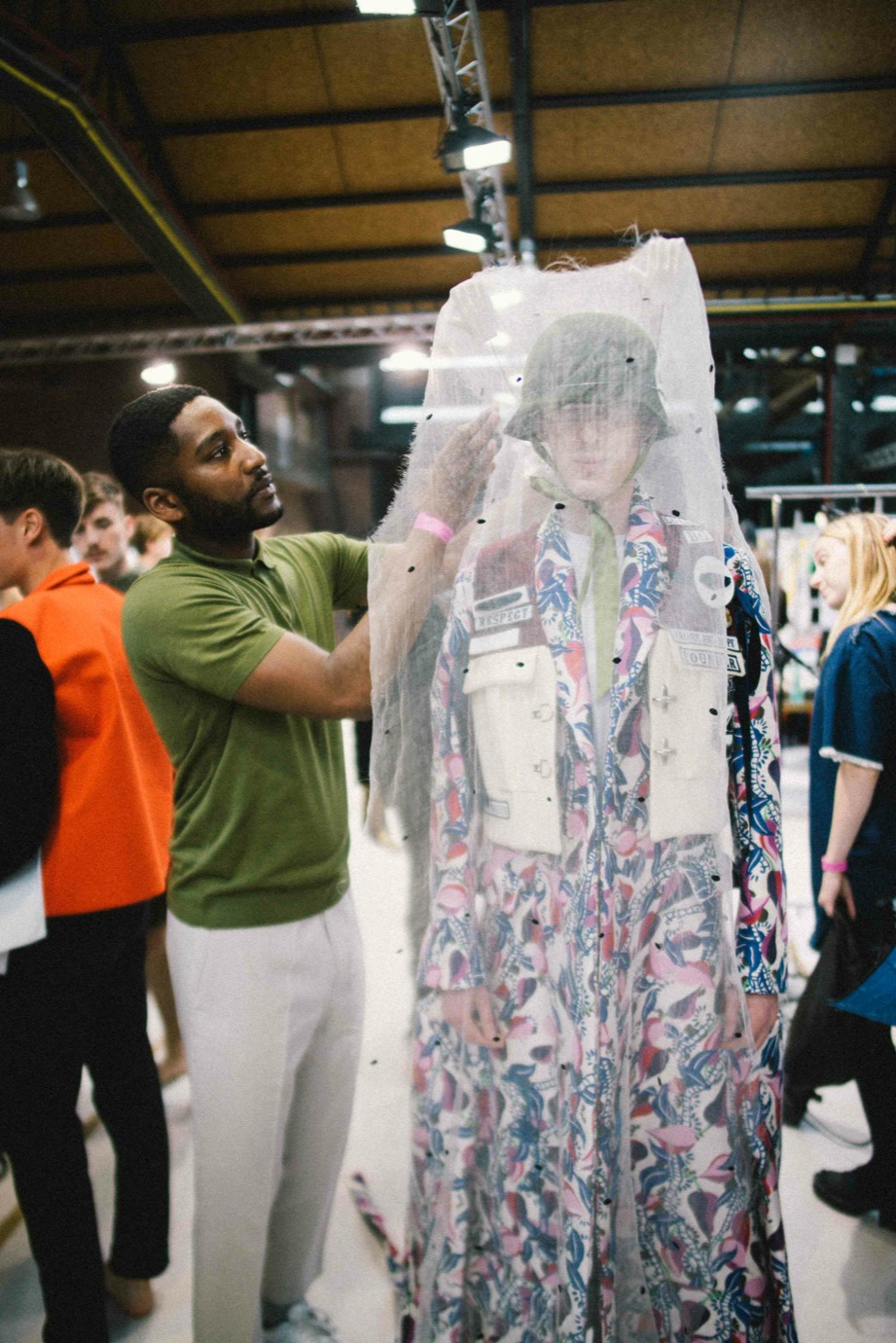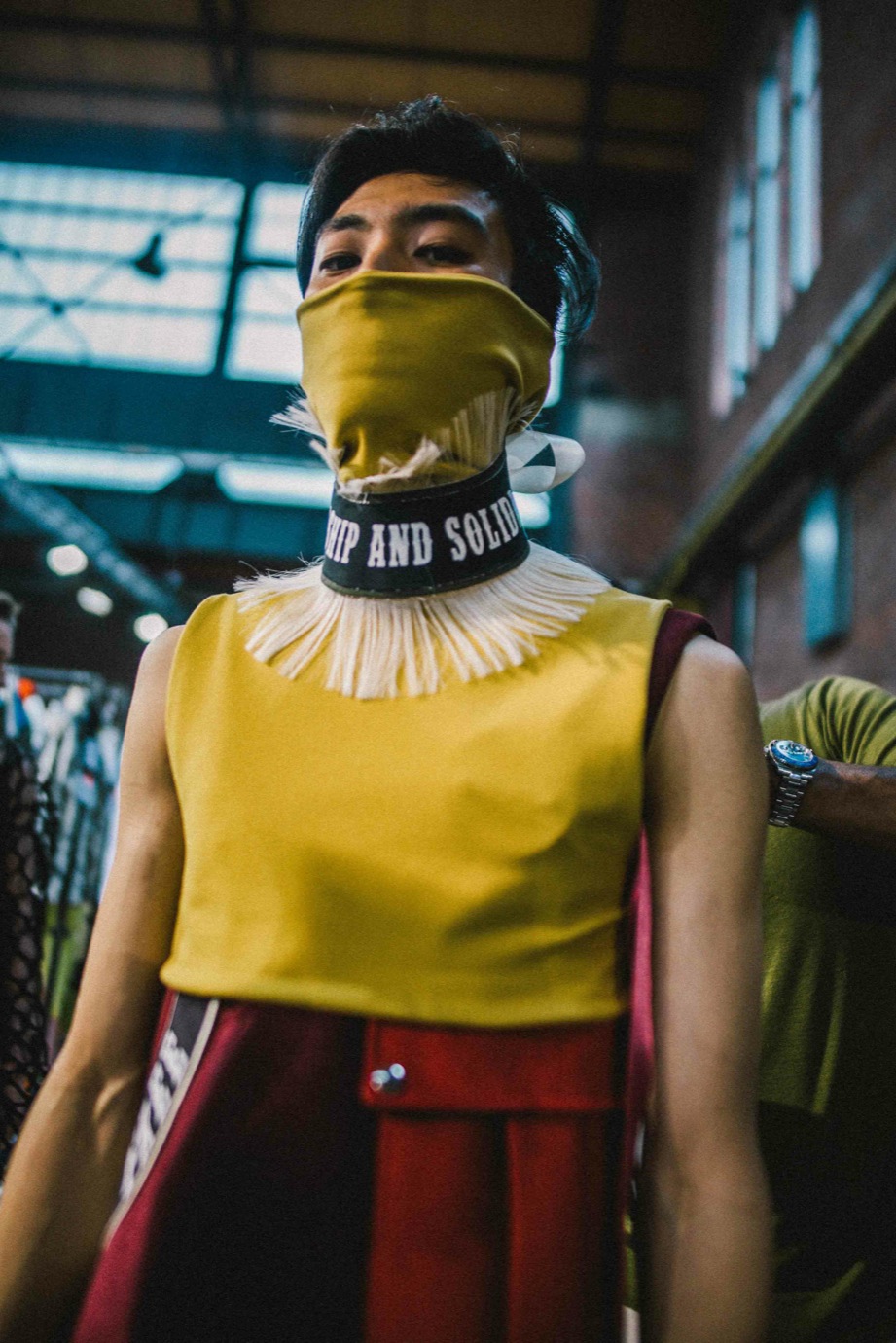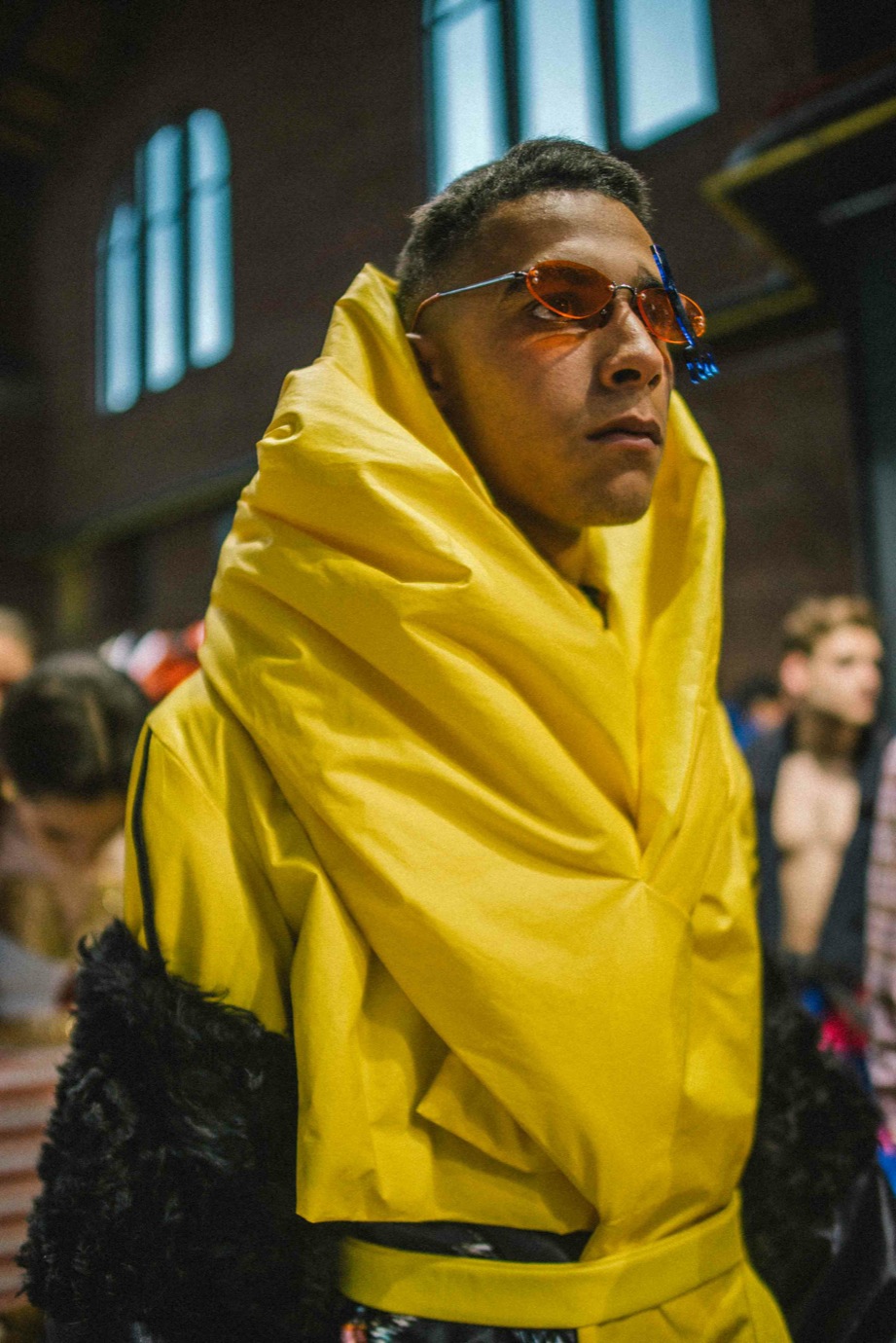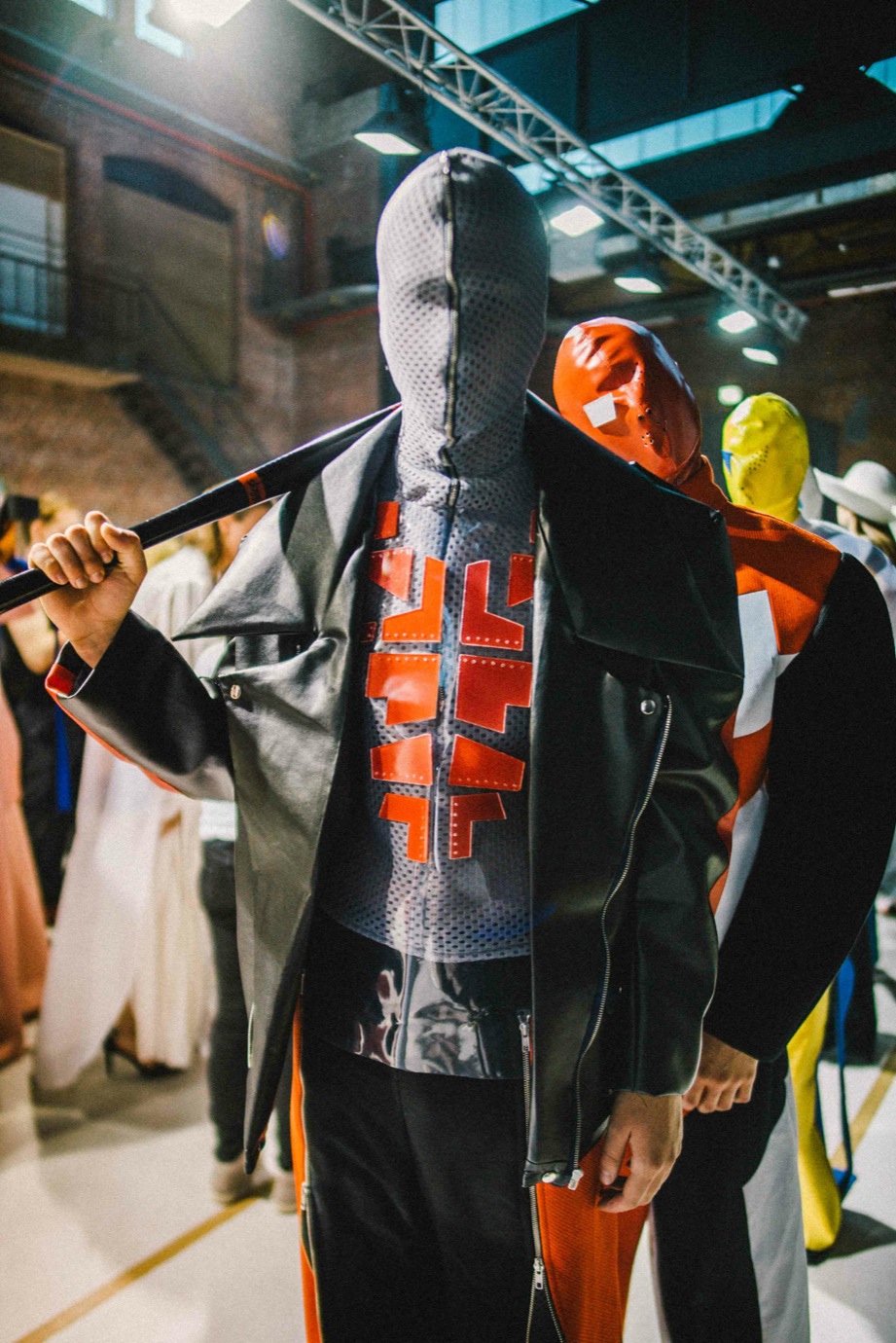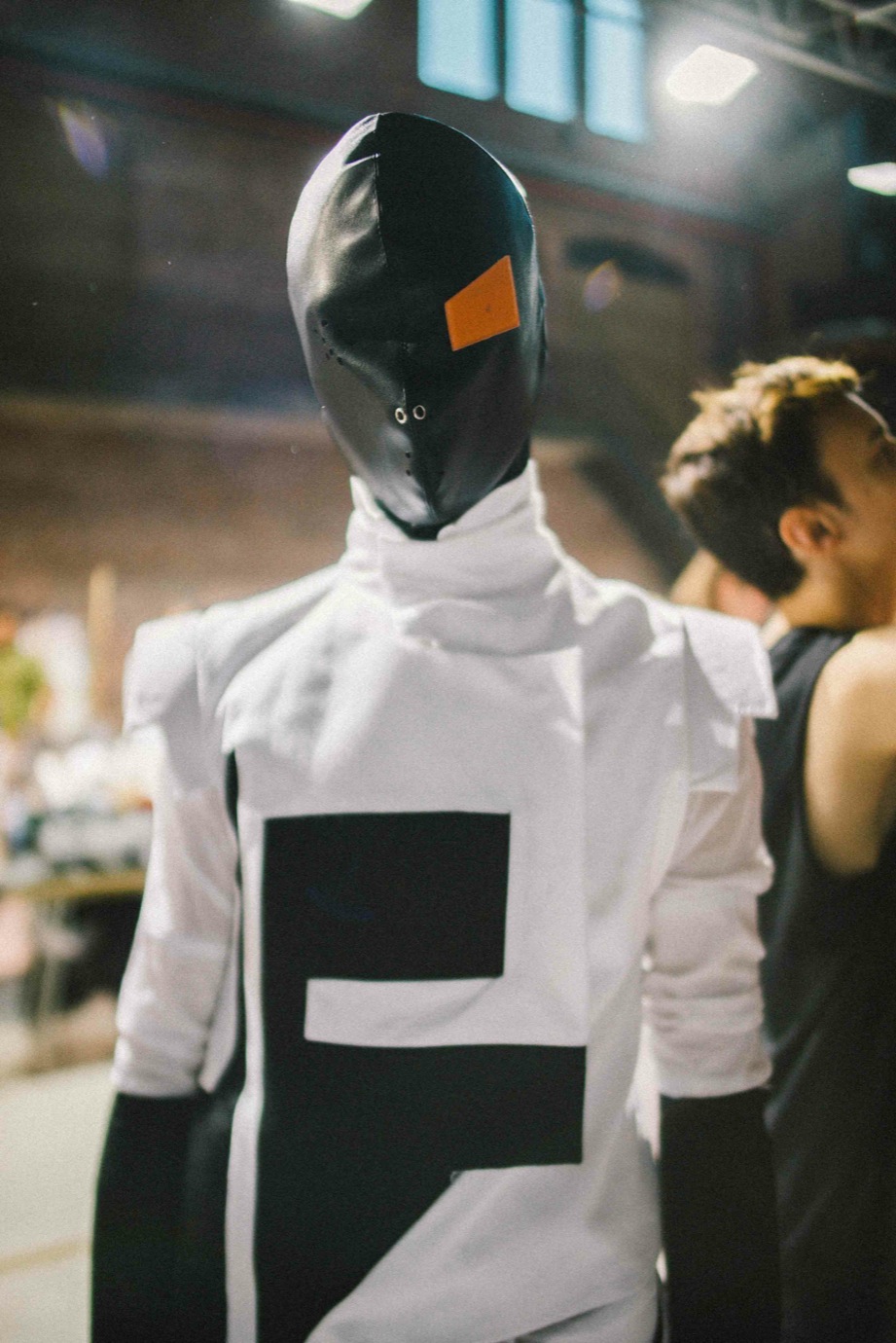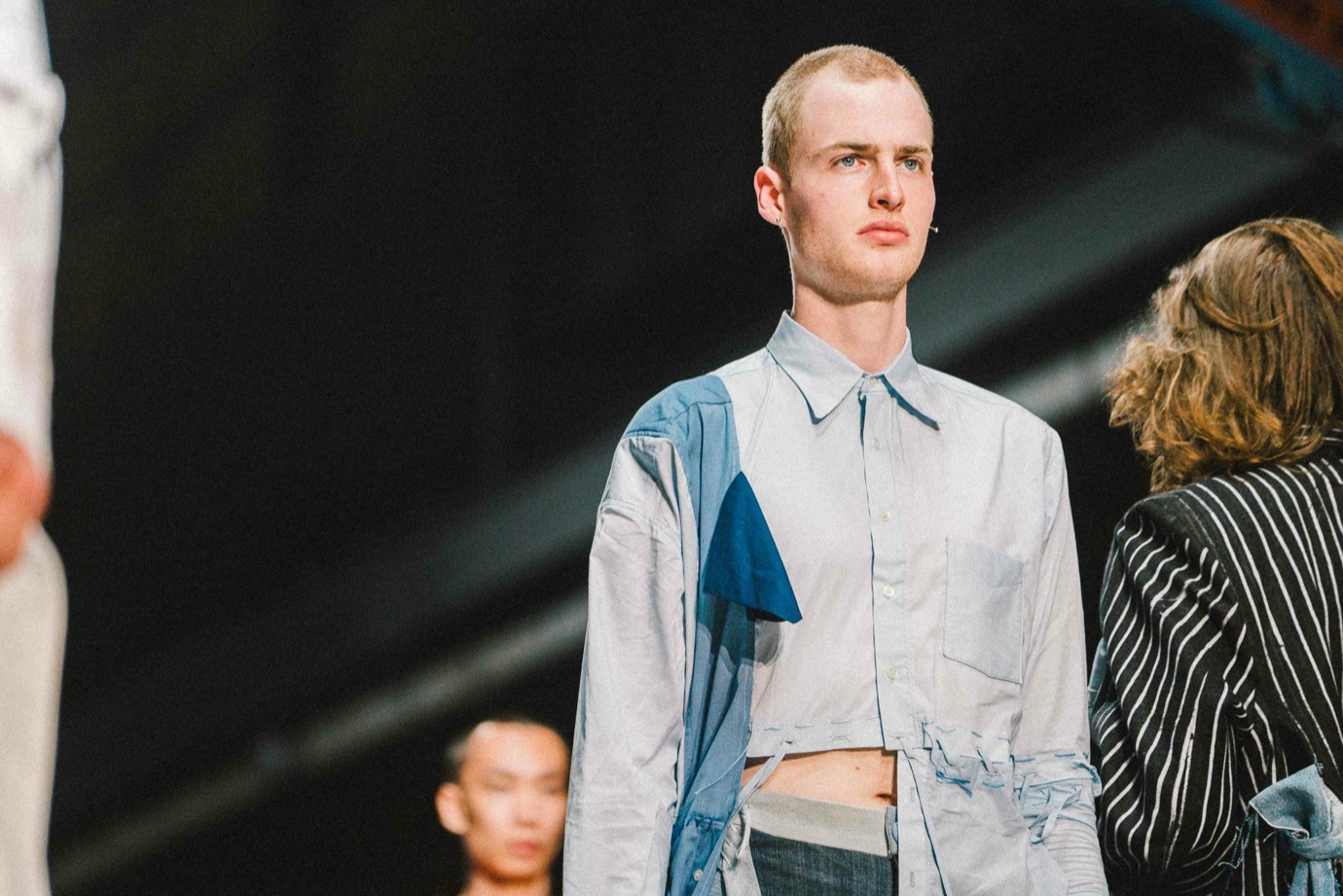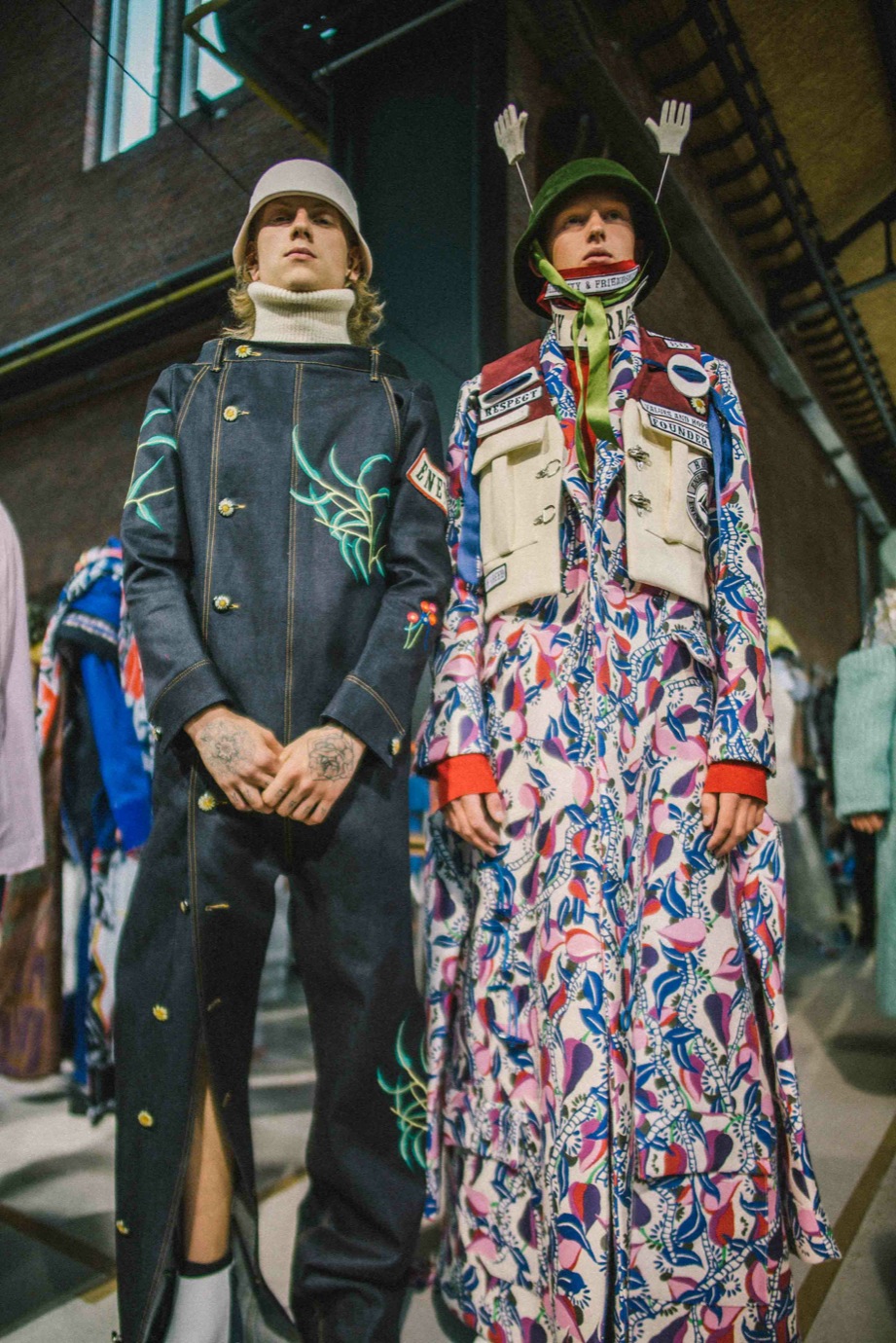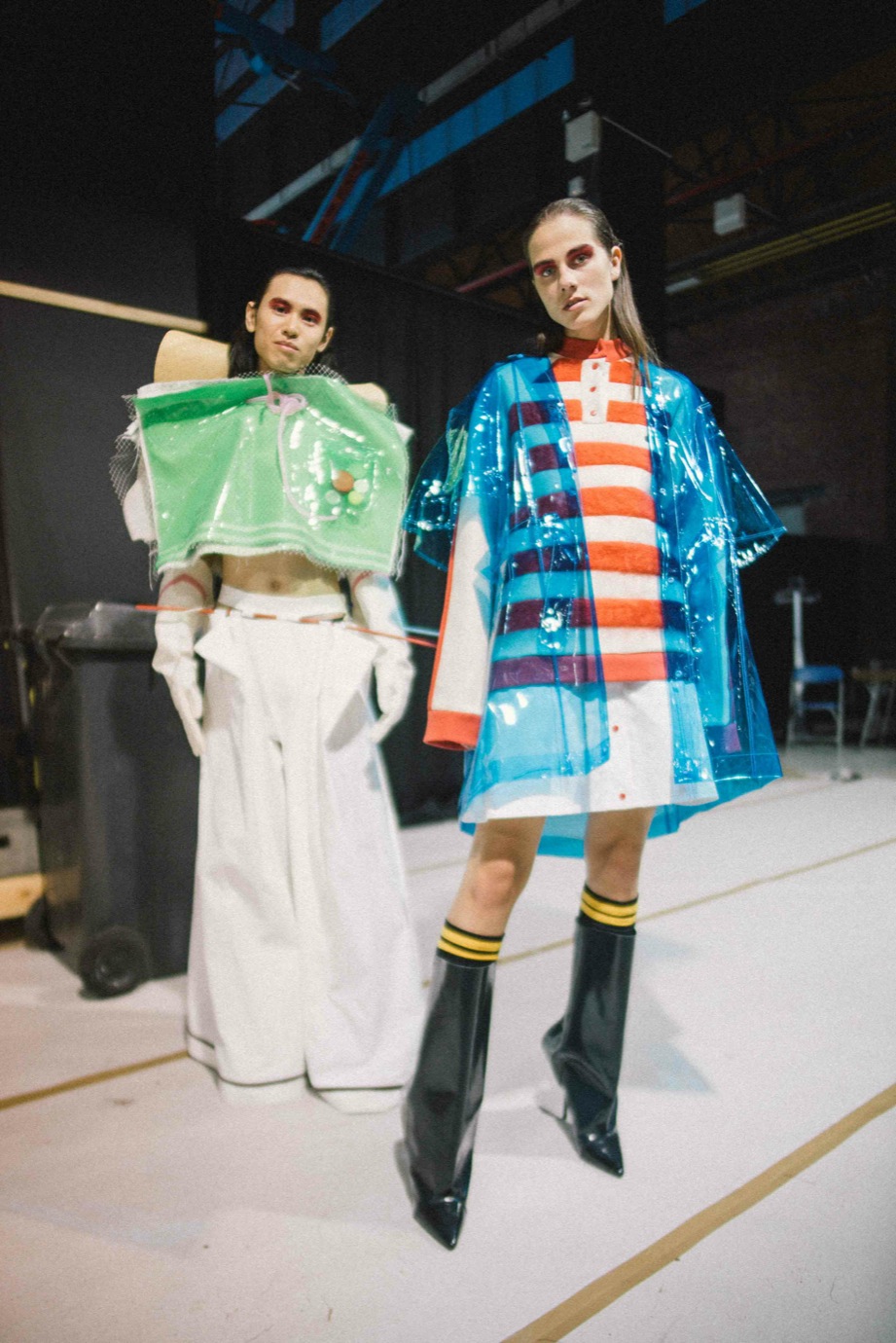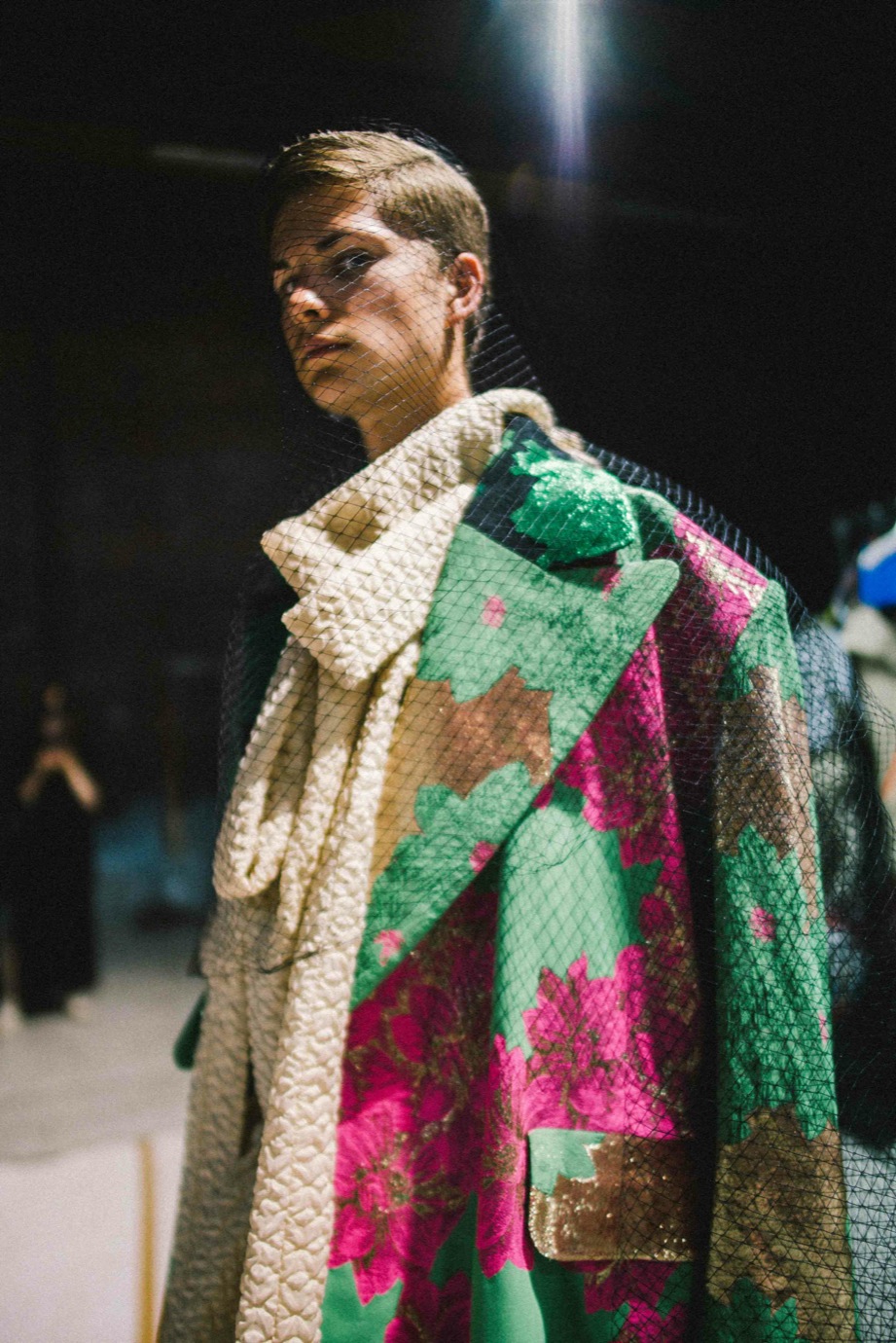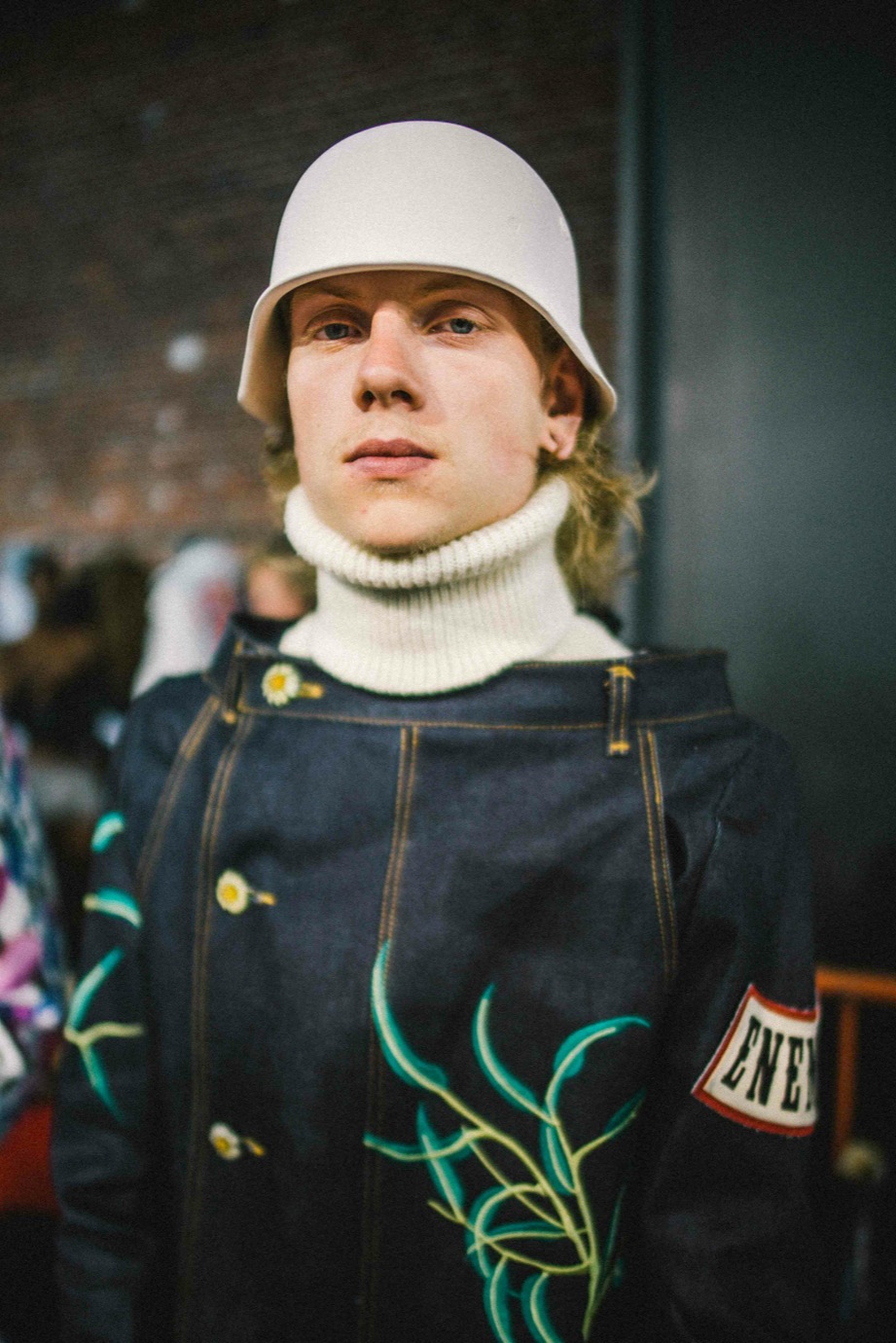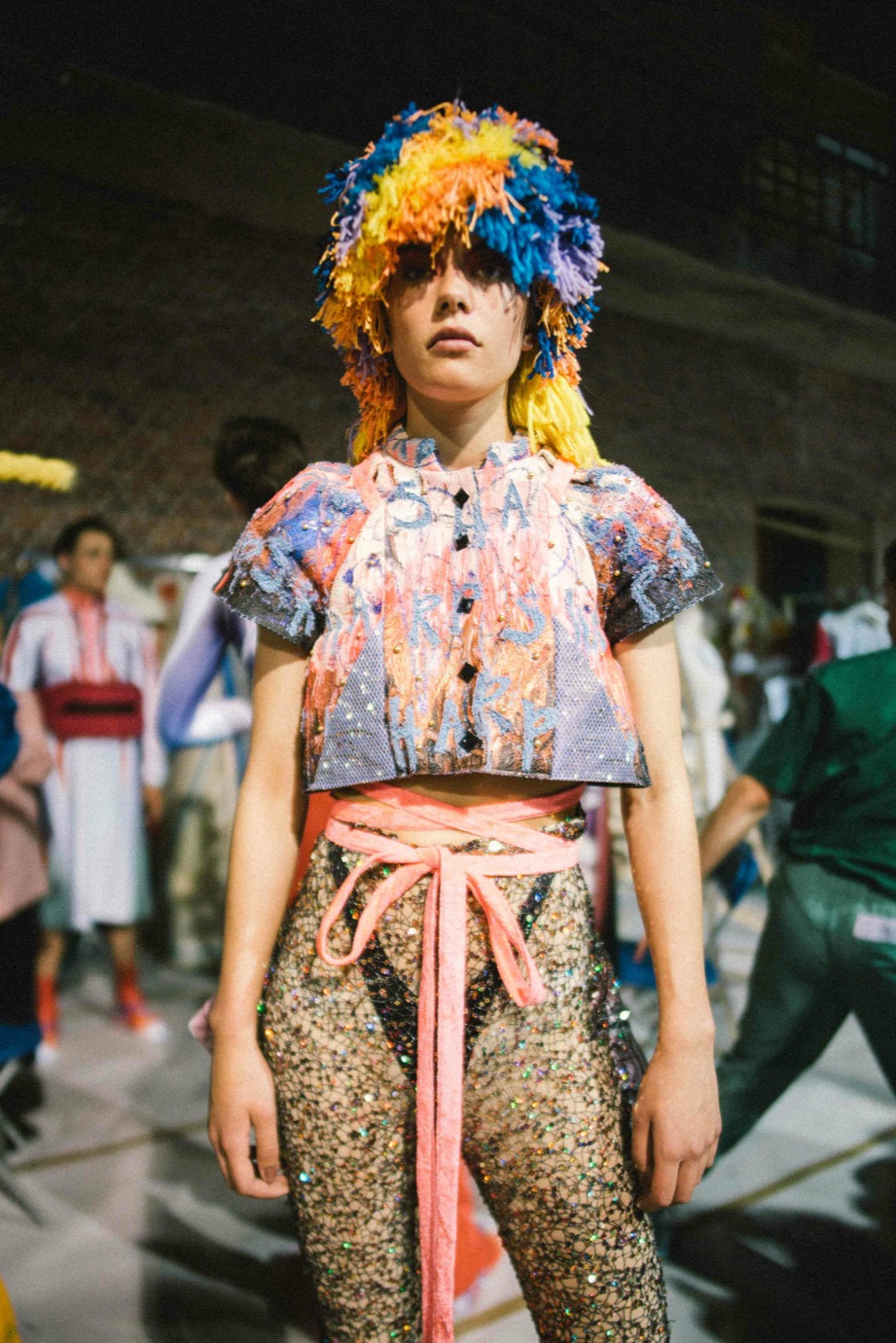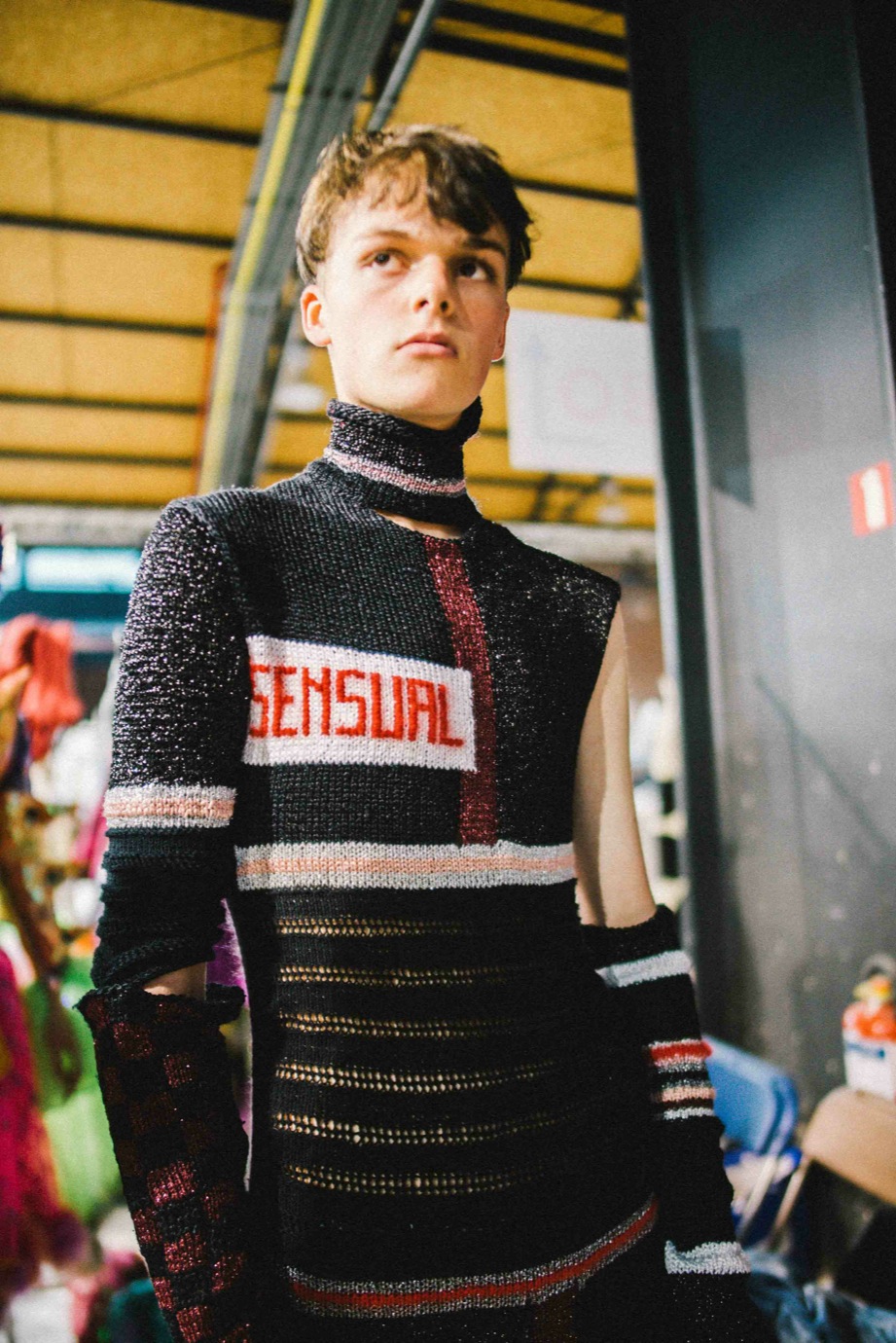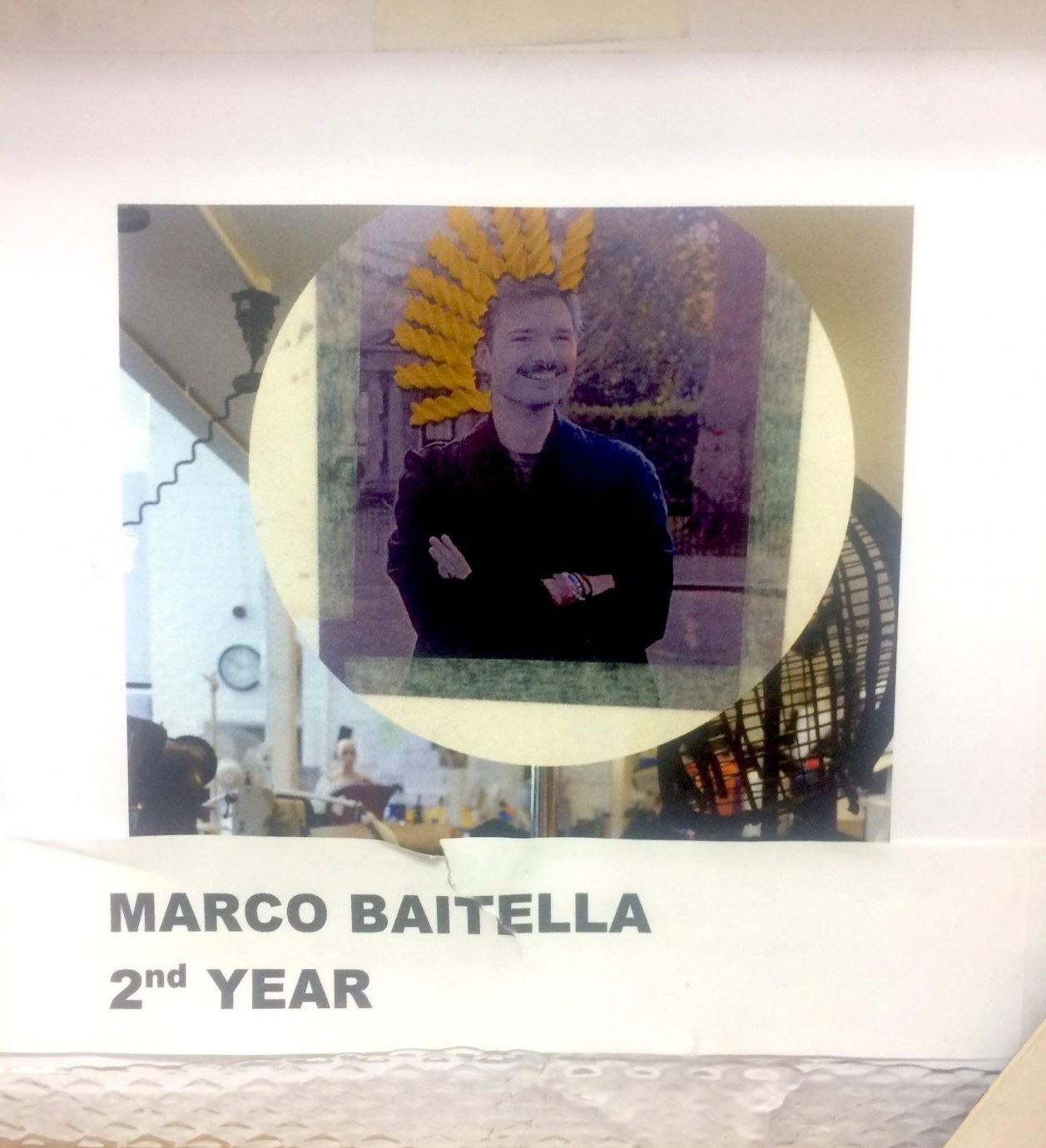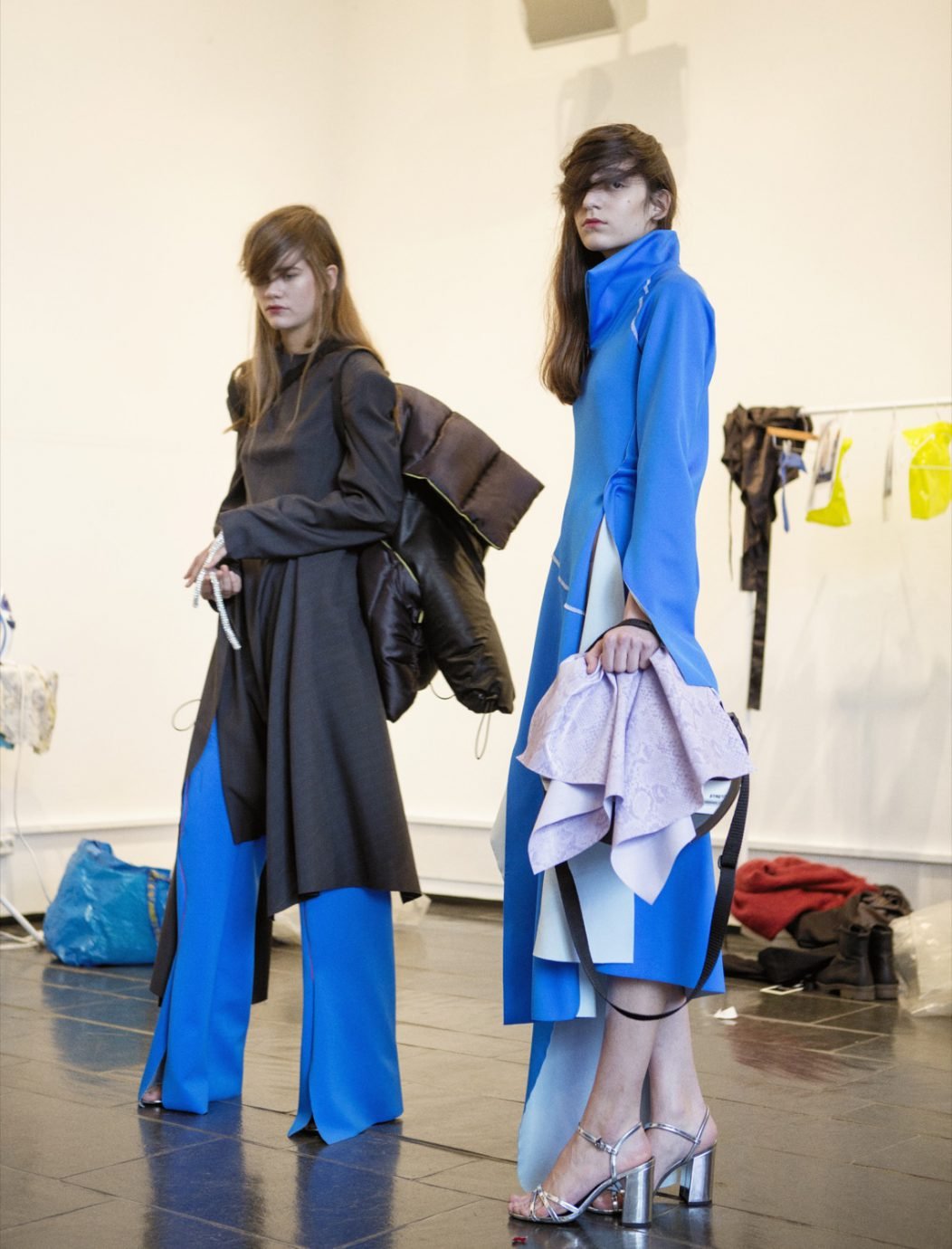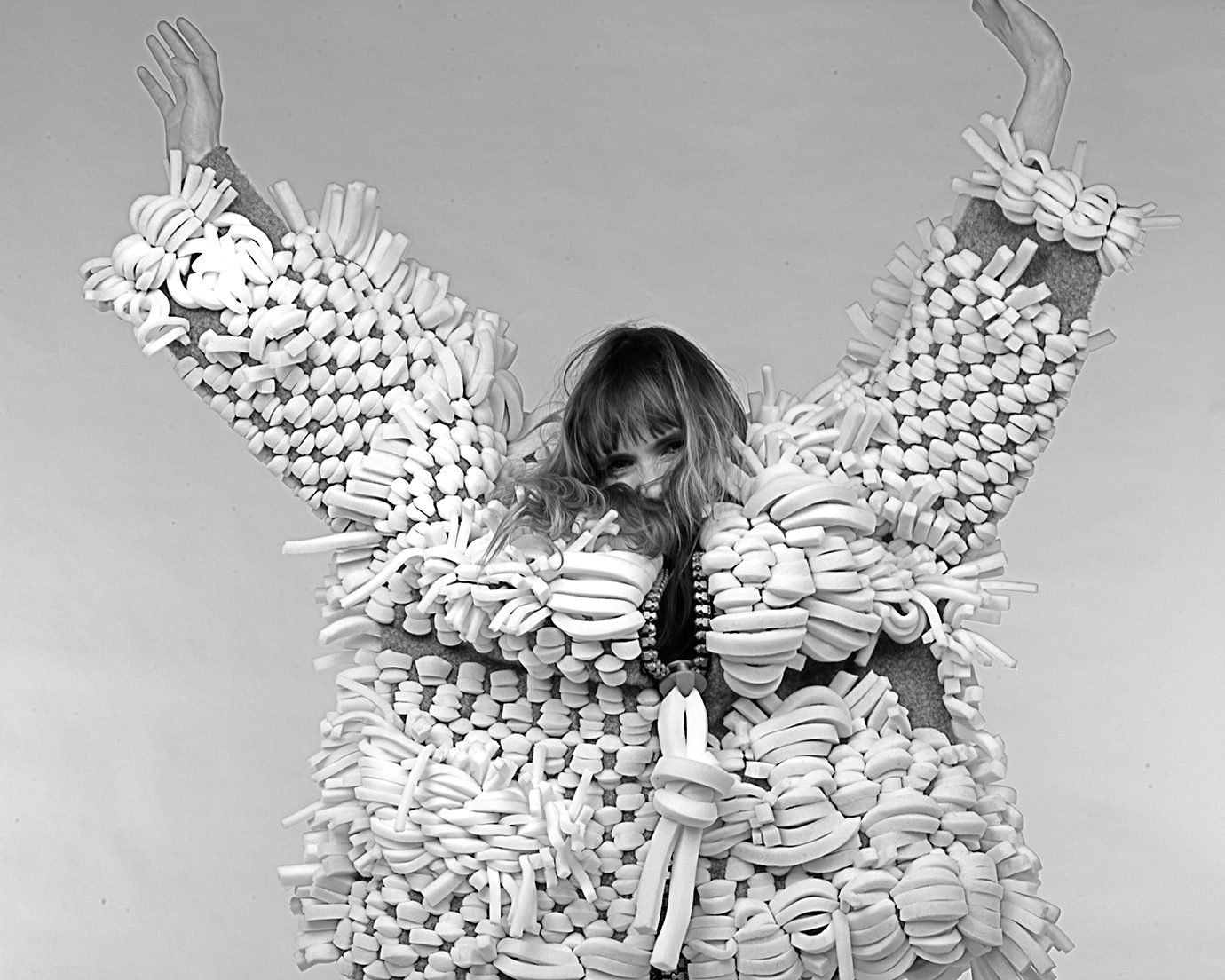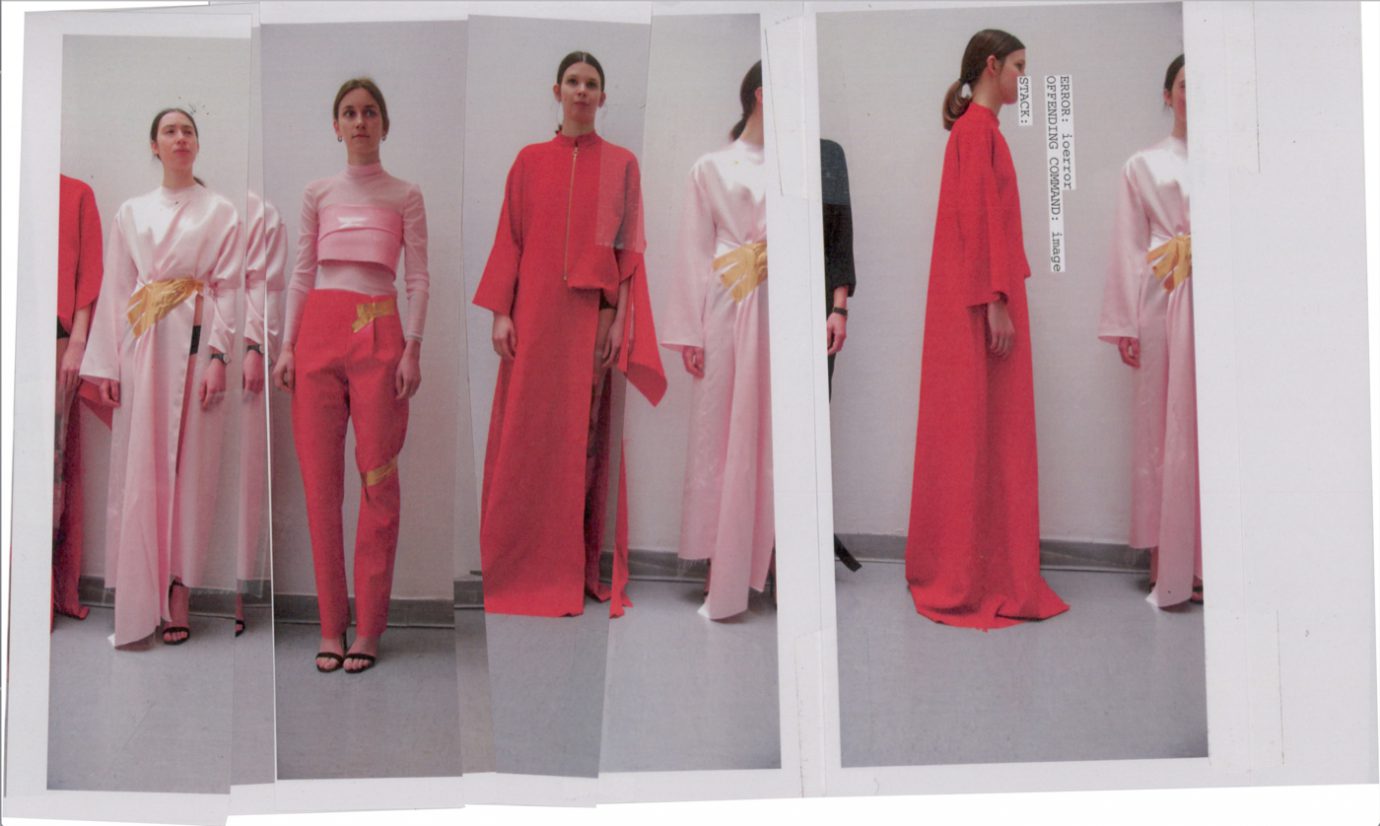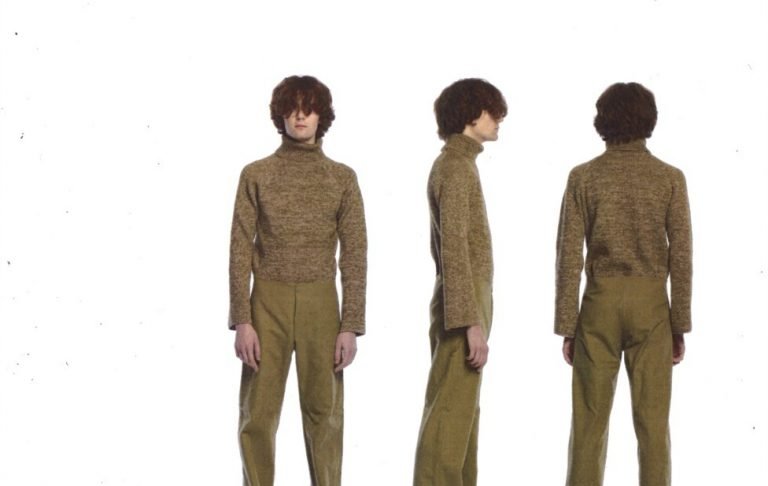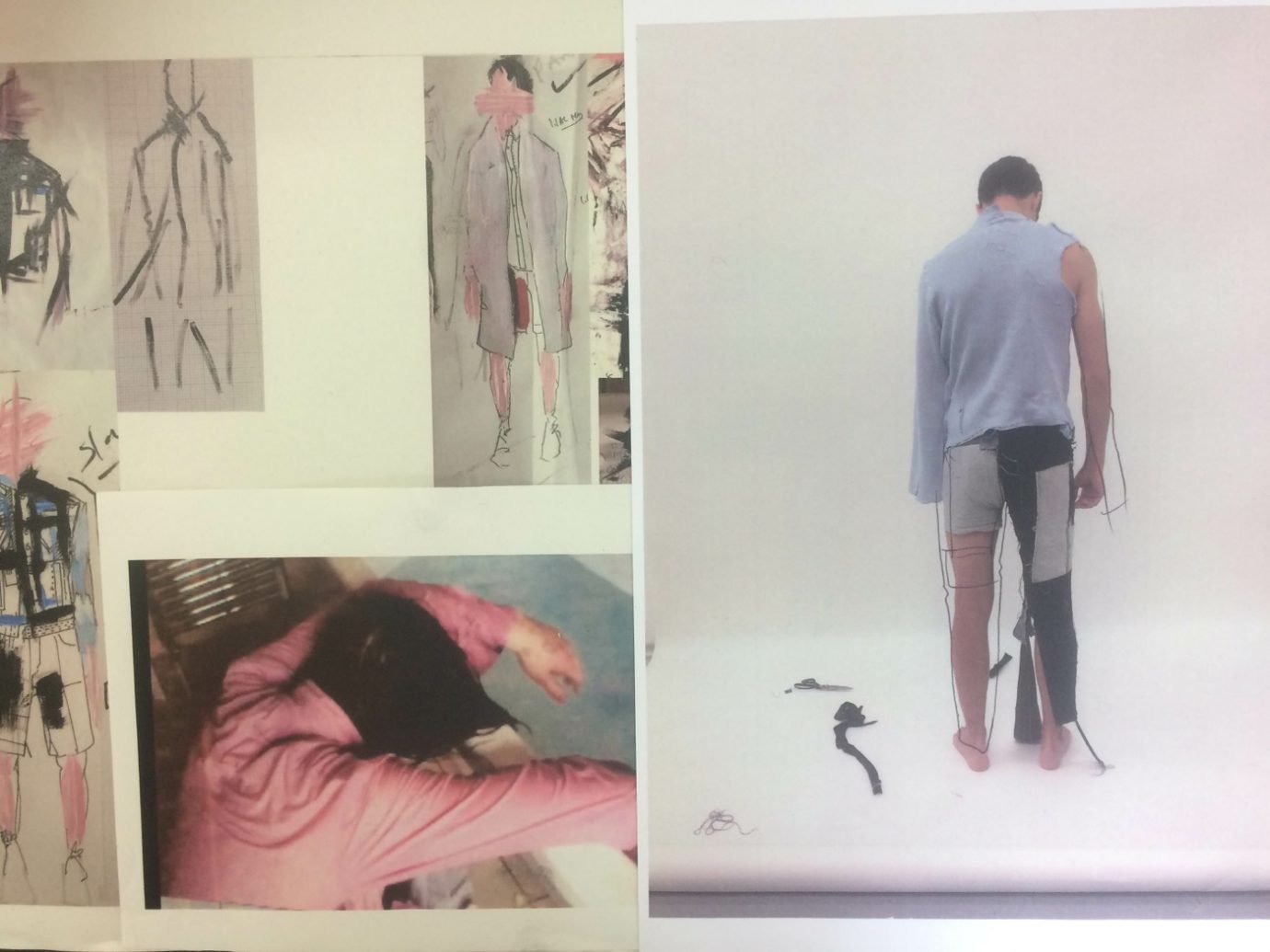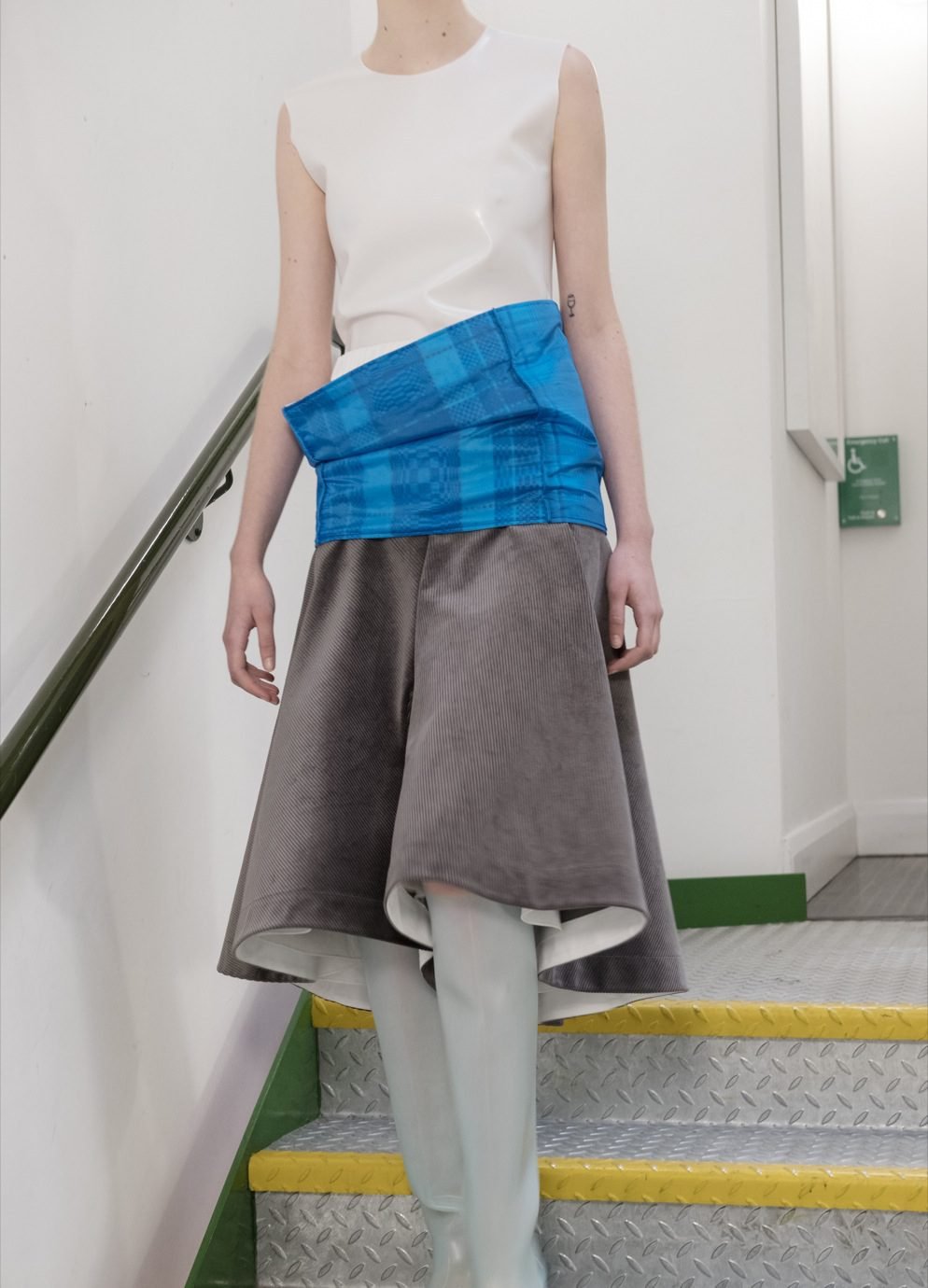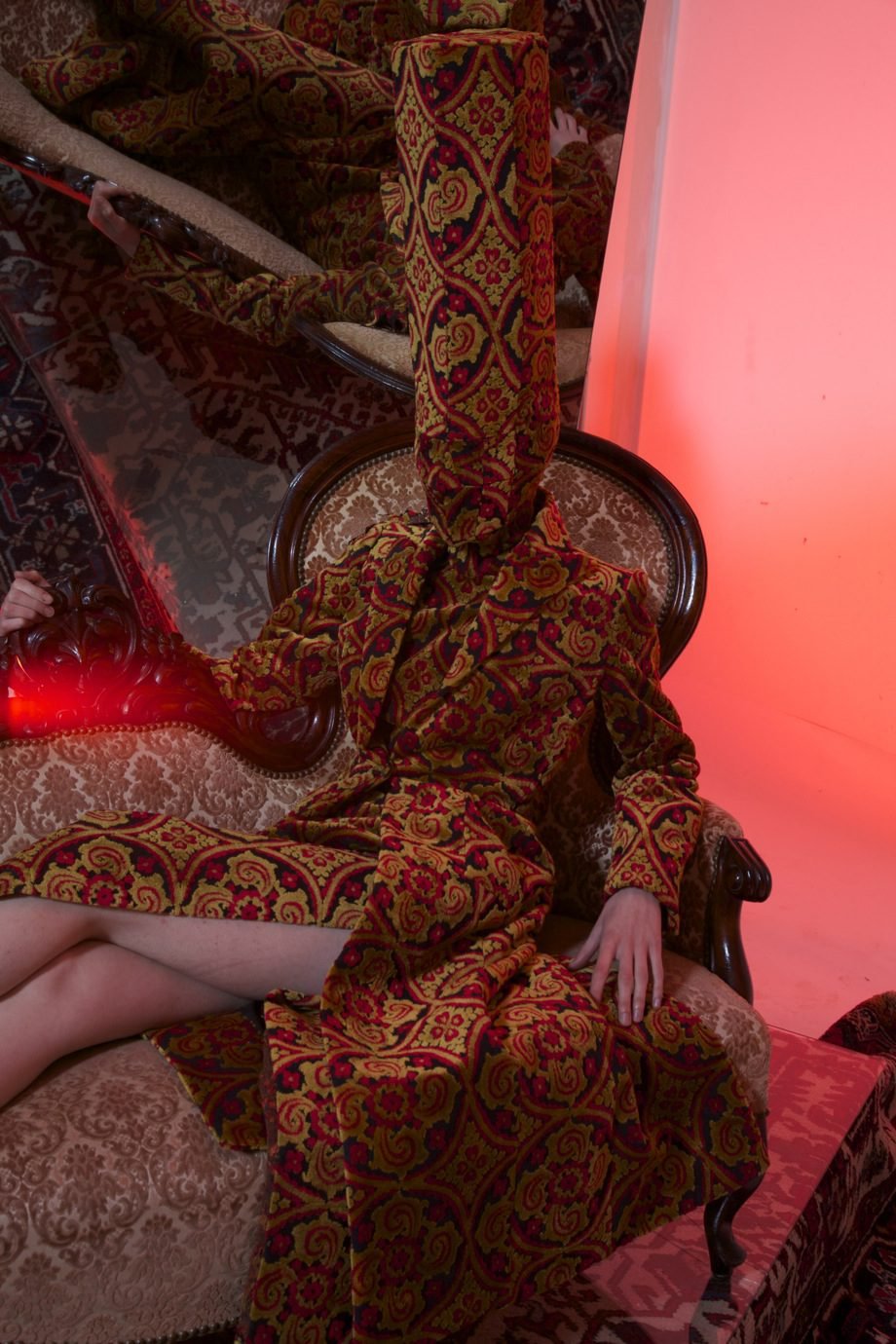Mimma Viglezio
“SOMETIMES PEOPLE HAVE TOO MANY IDEAS AND THEY’RE NOT ABLE TO EDIT. WHEREAS WHEN THEY’RE GIVEN AN ASSIGNMENT, SUCH AS MAKE A SKIRT USING COTTON, OR MAKE A COLOURFUL DRESS, THE RESULTS ARE INCREDIBLE.”
How different is it for you to experience a 3 hour long student show as opposed to a 15 minute fashion week show?
Yeah, professional shows are normally 12 minutes, but an hour of waiting outside [laughs].
I don’t think we can compare. I think what’s exciting, is to see these very young people; what they can do with no means and with their own hands. I had mentioned yesterday that the most amazing thing for me were the first year students. What made them the best, was that they had a precise assignment, and they had to just apply their skills using what they had learned in 9 months. I was discussing this morning with my fellow jury members, that sometimes people have too many ideas and they’re not able to edit. Whereas when they’re given an assignment, such as make a skirt using cotton, or make a colourful dress, the results are incredible.
What excites you in student work?
The freshness. I think for this show especially, nobody was trying to copy anybody else. I mean, there was a lot of Craig Green around, but you know, it’s normal. As young as they are, he’s such a genius and probably what they aspire to be, and I don’t blame them. I was expecting to see more of Demna Gvasalia — but I didn’t see that. I don’t mind if they feel inspired, because we live in this world and of course we are inspired, but nobody really did any copying. In the masters, they were very much individualistic and conveyed their own personalities. That was very exciting for me, because they expressed who they are, and they were honest. They were very cohesive. They’re very close to their professors and to each other, and that’s so beautiful to see.
Could you give an example of something that really impressed you from this year’s show?
The fact that the production was all done internally. Everything you saw came from the academy: choreography, set design, music. It was very democratic, but it also gave every student of the Royal Academy a possibility to do something.
What main pieces of advice would you give to this year’s graduates?
Don’t stop believing. Find a way. Be who you are. We had a chat with them just now and they were saying “Oh, maybe we stay here in Antwerp, or we go to Paris or Milan.” and I asked “Why not London? You guys are so creative,” and they say, “It’s sooo expensive.” I think it’s such a pity that you’re not allowed to go to a place that’s probably the most creative city in Europe at the moment… They are so good, we need them. They are the future and, having seen the quality of the collections, I’m not surprised that some of the best designers come from here!

